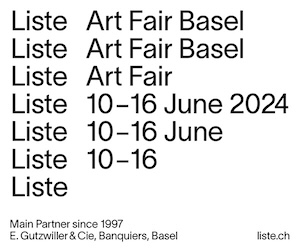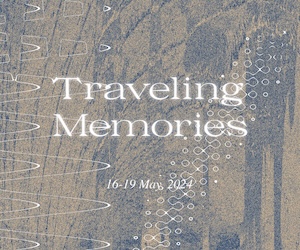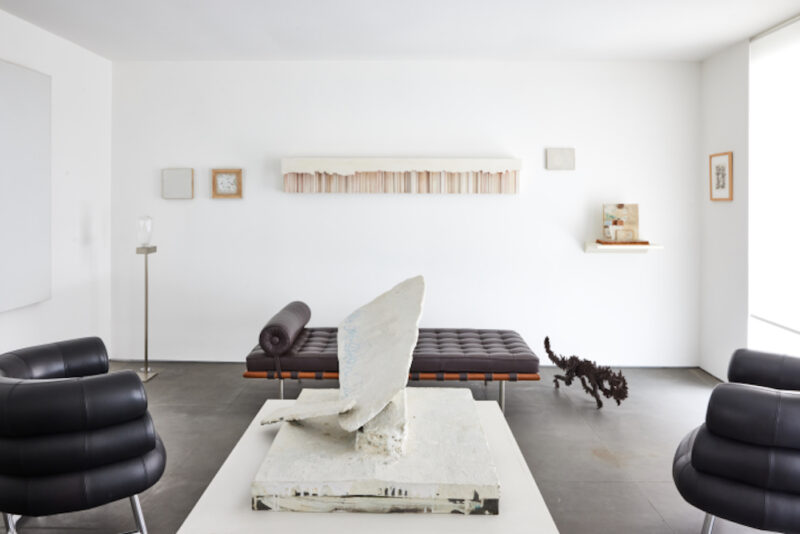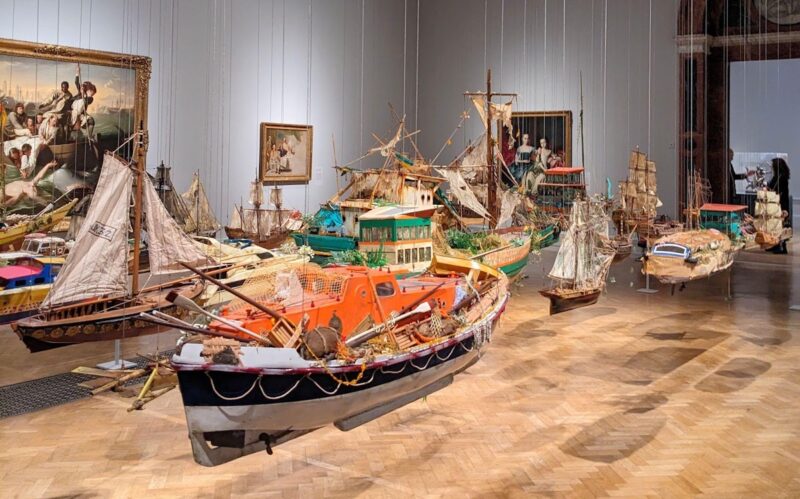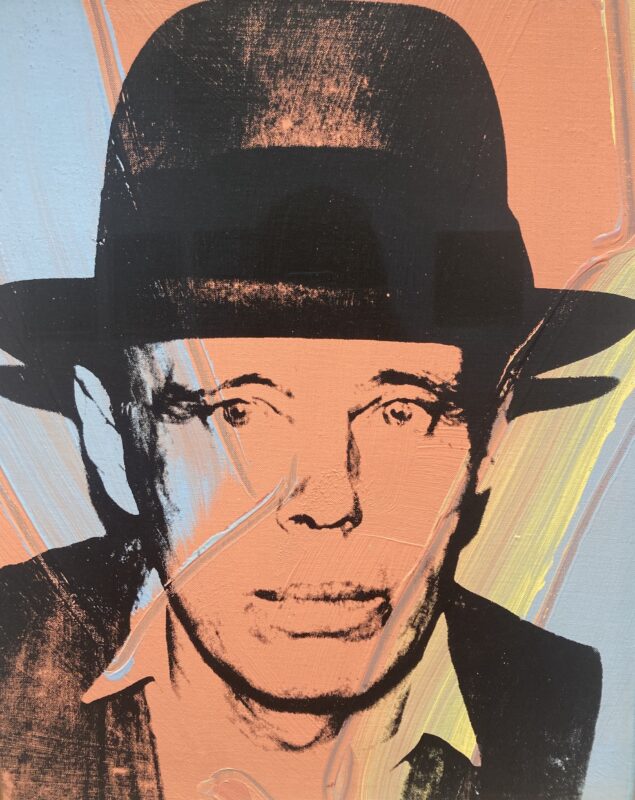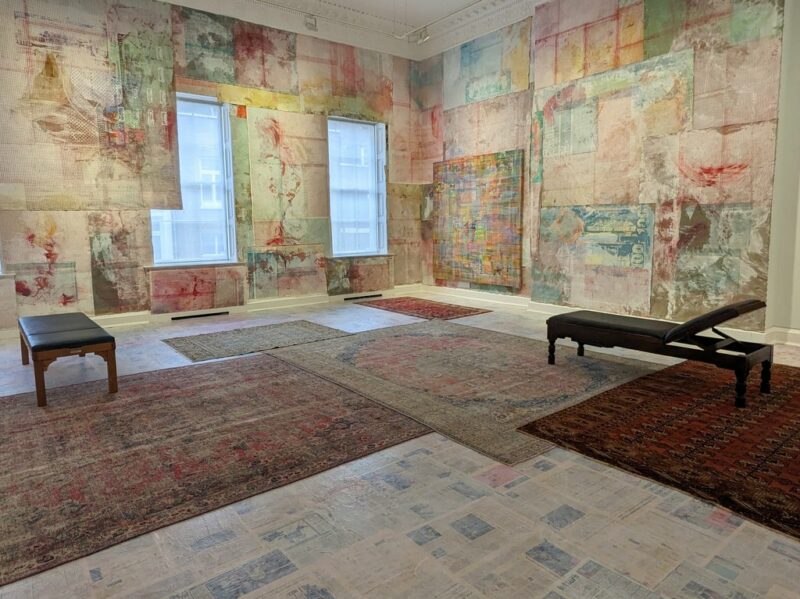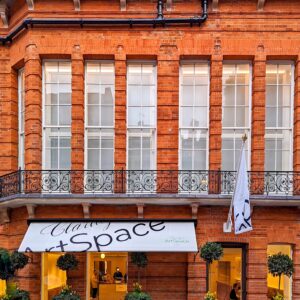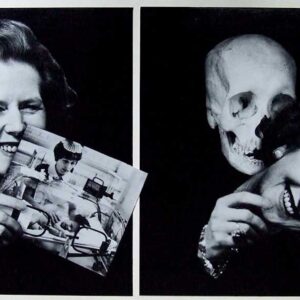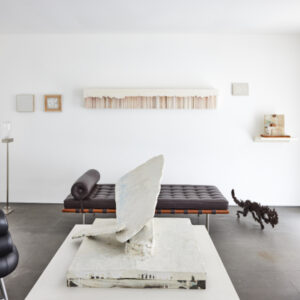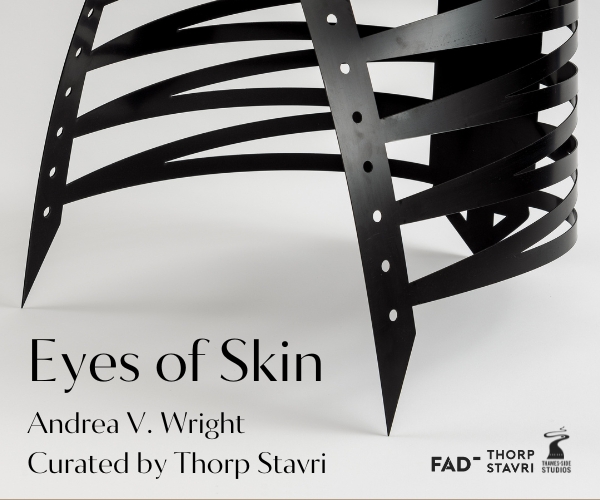Just opened at Thaddaeus Ropac London is ‘Robert Rauschenberg ROCI’, a fascinating and timely exhibition based on a seven-year project by Rauschenberg. The project looked to improve communication and understanding between different peoples on a global scale and Rauschenberg considered it so important that he funded it himself. The show will be Ropac’s London Gallery Weekend exhibition, expanding the audience for this important exhibition
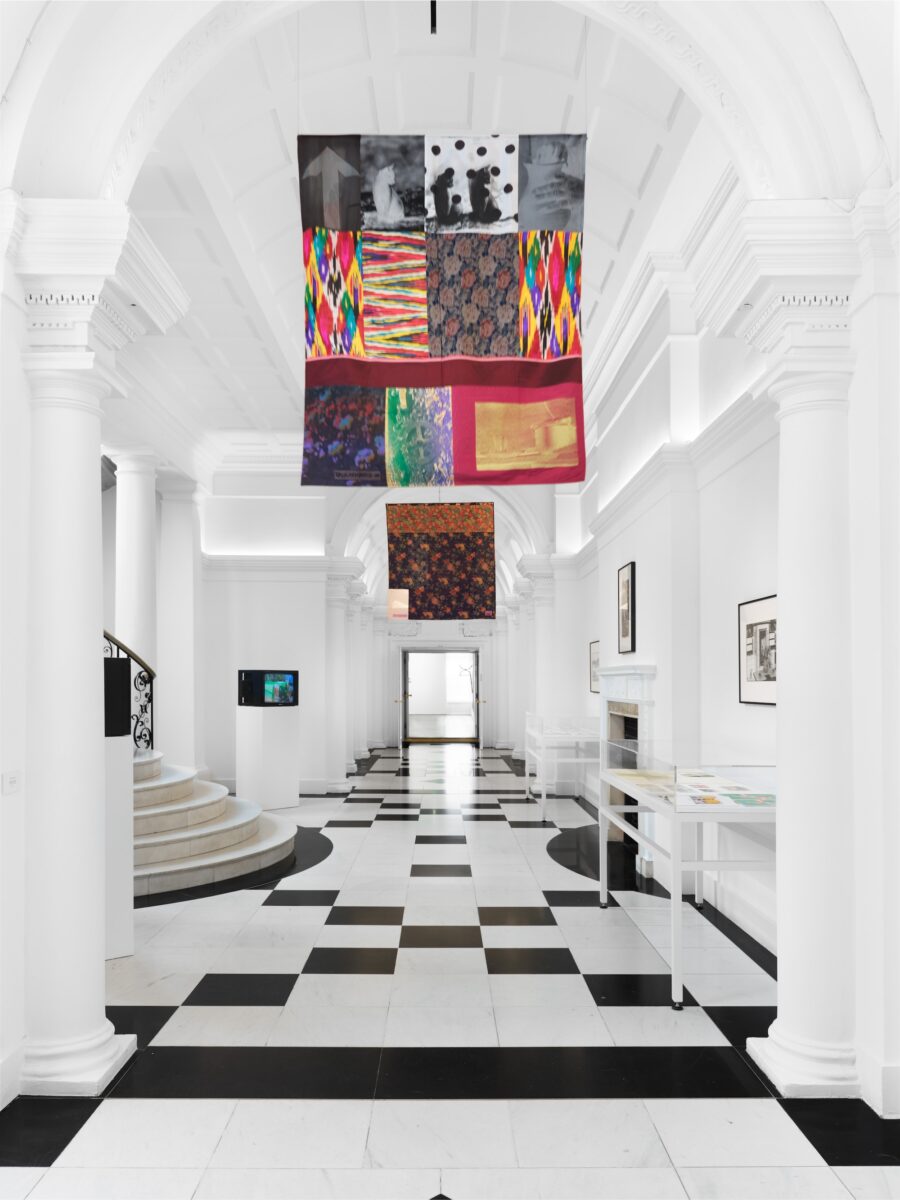
Between 1984 and 1991 Robert Rauschenberg undertook a monumental cultural exchange programme to foster mutual understanding between different cultures through artistic expression.
The Rauschenberg Overseas Culture Interchange (ROCI), pronounced ‘Rocky’ after the artist’s pet turtle, foregrounds his conviction in art as a force for positive social change, along with the role of travel as a key catalyst for his characteristically experimental approach to materials and techniques.

If the attitude of ROCI is going to work, we are dependent on a one-to-one contact with as many people as possible because the most dangerous weapon we have is a lack of understanding
Robert Rauschenberg
Spanning the entirety of the seven years of ROCI’s intense creative production, the exhibition at Thaddaeus Ropac London encompasses canvases, sculptures, cardboard works, neon light, photogravures and textiles, as well as an example of the artist’s earliest metal paintings. Presenting works directly from the Robert Rauschenberg Foundation, this is the first gallery survey dedicated to ROCI since the conclusion of the project in 1991. The ROCI works, many of which are also shown publicly for the first time since the project ended, are contextualised with archival materials.

A selection of the artist’s black-and-white photographs, taken as source material during his travels and used for the silkscreen images in the ROCI works, are also included. Together, these elements offer an unprecedented overview of one of the most ambitious and wide-reaching artistic interchanges of the late-20th century.
Acutely aware of contemporaneous global tensions, Rauschenberg sought to realise a large-scale touring exhibition primarily in countries where access to contemporary Western art and freedom of artistic expression were limited or non-existent. Almost entirely funded by the artist, ROCI ultimately travelled to 10 countries outside of the United States: Mexico, Chile, Venezuela, China, Tibet, Japan, Cuba, the Soviet Union, Germany (Berlin) and Malaysia, concluding in the U.S. with an exhibition at the National Gallery of Art in Washington, D.C.
Presented in London at another moment of deep global uncertainty, this exhibition revisits ROCI to consider the power of international collaboration and cultural exchange in the 21st century.
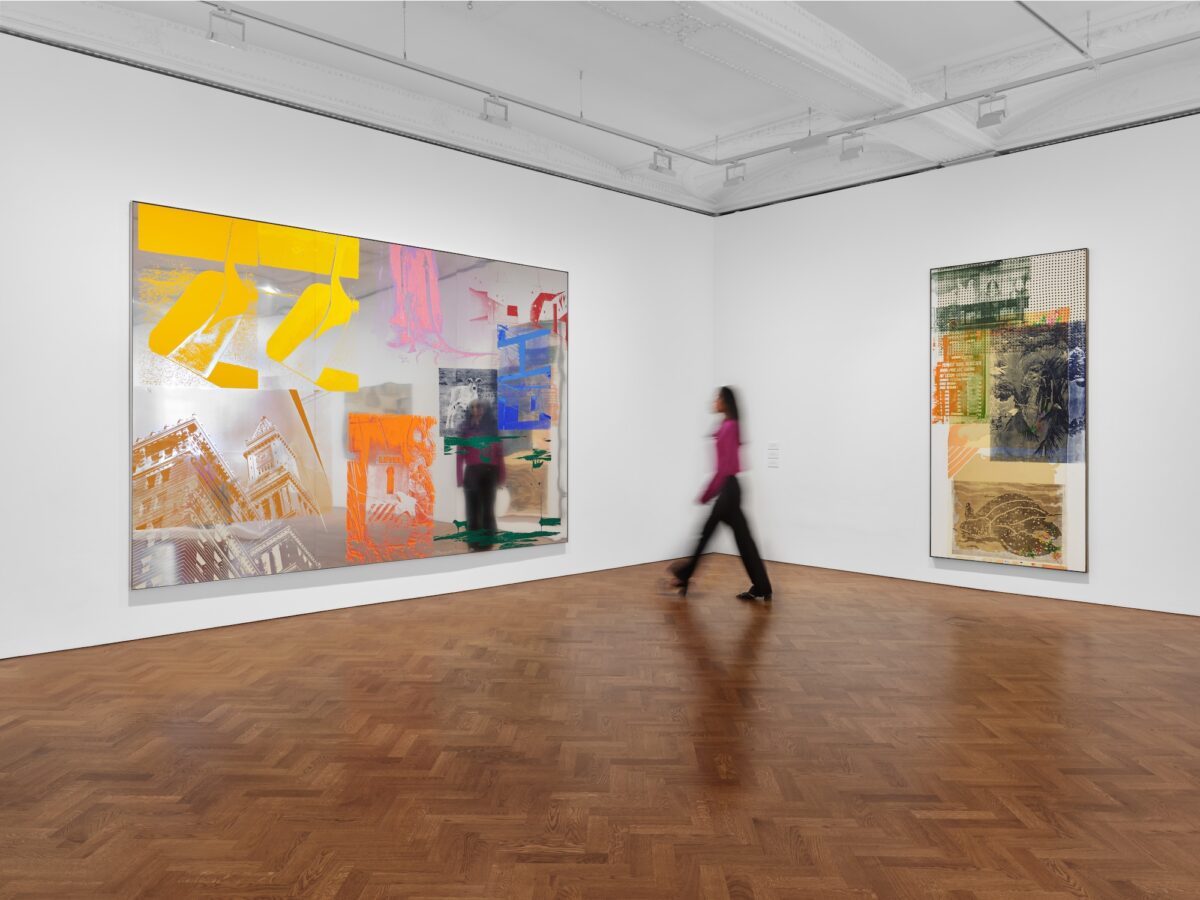
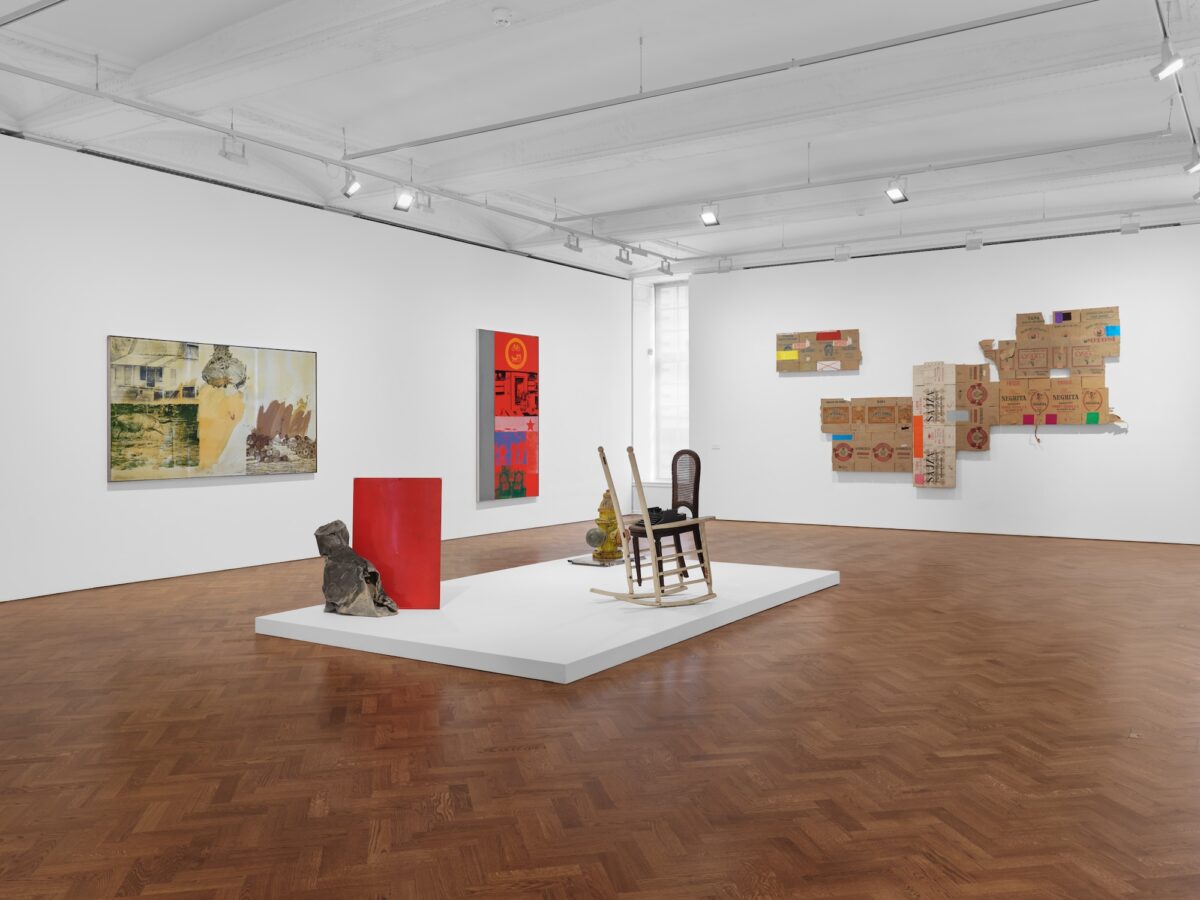
Working with a small team, Rauschenberg undertook a research trip to each participating country ahead of the corresponding leg of the exhibition to visit sites of interest and meet with local artists, artisans and prominent cultural figures. He then returned to his studio in Captiva, Florida, where he translated his experiences into a new body of work, which was subsequently exhibited alongside the touring retrospective of the artist’s work and a selection of ROCI pieces from the previous countries. Each iteration of the exhibition consequently facilitated a dialogue between the participating countries the works assembled, while simultaneously offering an overview of Rauschenberg’s practice audience who may have had little or no exposure to contemporary Western art.
I couldn’t see clearly as an artist until I understood that it wasn’t the similarities that were important, it wasn’t the similarities that pulled things together, but it was the differences that made things interesting.
Robert Rauschenberg
Rauschenberg travelled internationally with artist Cy Twombly in the early 1950s and then again as a set and costume designer for the MerceCunningham Dance Company’s world tour in 1964. He created a series of paper works with the artisans at an ancient Chinese paper mill in 1982. These travels and previous collaborations found expression in his artworks, which feature his pioneering experiments with materials and techniques and continue to inspire new generations of artists working today. I

It was in the course of his ROCI research trip to Chile that he began working on copper as a sign of solidarity with the Chilean people. The Copperhead-Bites / ROCICHILE(1985) fuse artistic innovation with the artists desire to reflect the socio-political conditions of the people he encountered, many of whom worked in copper mines during the oppressive regime of dictator Augusto Pinochet. At the same time, the artist was cultivating his own artistic evolution, resulting in the production of 15 metal painting series over the following decade.
I feel strong in my belief, based on my varied and widely traveled collaborations, that a one-to-one contact through art contains potent peaceful powers and is the most non-elitist way to share exotic and common information, seducing us into creative mutual understandings for the benefit of all
Robert Rauschenberg
At the conclusion of the ROCI project, Rauschenberg had created more than 125 paintings, sculptures and editioned objects and over two million visitors worldwide had seen a ROCI exhibition. In several of the countries he visited, ROCI was the first solo exhibition by a contemporary Western artist. Rauschenberg’s creative vision had a critical impact on a new global generation of artists, with many in China still referring to eras as ‘before- and after-Rauschenberg’

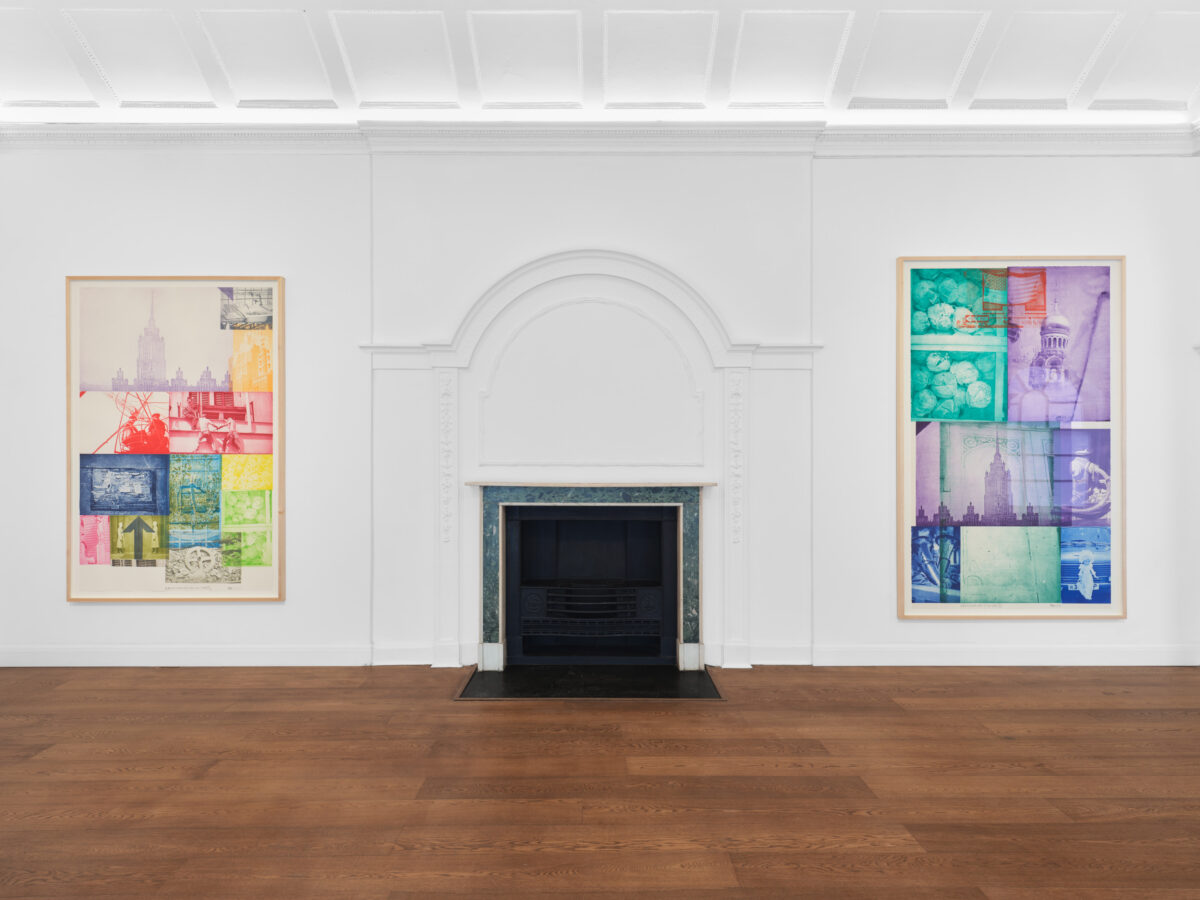
I see the legacy of ROCI in part being the ability to look at other cultures, look at other countries, look at other people, and find your common humanity,and that’s what I would hope that people take away from viewing the works and the spirit of the project
Julia Blaut, Senior Director of Curatorial Affairs at the Robert Rauschenberg Foundation, New York
Robert Rauschenberg ROCI, 24th April—15th June 2024, Thaddaeus Ropac
